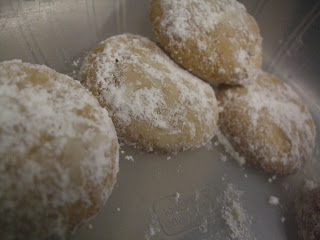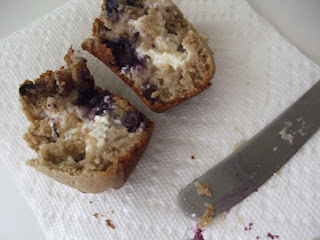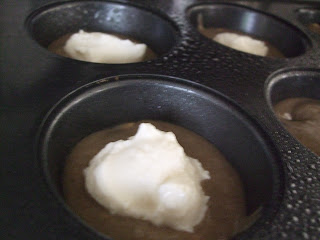
I feel like I'm always showing up in the kitchen at odd times and announcing to my roommate that I'm going to make something incongruous with the moment of the day. This week, it was "sorry for all the noise while you do calculus, I'm making peanut butter."
This chocolate peanut butter recipe has been on my mind probably for the past year, and since I don't usually have peanuts around, it remained in the background. Until, that is, I made this cabbage and lime salad with roasted peanuts and had lots of peanuts left over.

The recipe really is as simple as can be - buzz up the ingredients in the food processor, and it's done! It's just a matter of having the proper ingredients around.
Even my little food processor-blender attachment could handle this recipe, so even if you don't have the most powerful processor in the world, you can manage this butter if you have some kind of food processor (not sure if a blender would work).

This is similar to Nutella in that it is a nut/legume spread with chocolate in it, but as my mom says, "it's better" because it doesn't have the hazelnuts. I'm inclined to agree...I do like some Nutella from time to time, but I always wish I didn't have to taste the hazelnuts while I'm eating it. Problem solved with this peanut spread.


Even my little food processor-blender attachment could handle this recipe, so even if you don't have the most powerful processor in the world, you can manage this butter if you have some kind of food processor (not sure if a blender would work).

This is similar to Nutella in that it is a nut/legume spread with chocolate in it, but as my mom says, "it's better" because it doesn't have the hazelnuts. I'm inclined to agree...I do like some Nutella from time to time, but I always wish I didn't have to taste the hazelnuts while I'm eating it. Problem solved with this peanut spread.
It's actually a spreadable version of my mom's chocolate peanut butter bars; it's got nearly all the same elements - peanuts, powdered sugar, oil/butter, chocolate/cocoa powder - without the crunch of graham cracker crumbs, and less sweet. Plus it doesn't need to be cooked, and can be eaten with breakfast!

Chocolate Peanut Butter
2 C shelled and skinned peanuts
1/2 C GOOD unsweetened cocoa powder
1 1/4 C powdered sugar*
1/4 tsp salt, plus more to taste
3 T peanut or canola oil
Heat the oven to 400 degrees. Spread the peanuts evenly on a baking sheet; if they are raw, roast them for 10 minutes, and if not raw, roast for 5 minutes, shaking the pan to move them around about halfway through either time period.
Transfer the peanuts directly to the food processor and grind them for about 5 minutes. They will first become a chunky paste, then smoother, then liquify. Scrape down the sides as needed.
Add the cocoa, sugar, salt, and 2 T of the oil and continue to process until blended well (about 1 minute). Add more salt if needed, and last tablespoon of oil if it is thicker than desired.
Store in refrigerator in a covered container.
*If you, like me, happen to be out of powdered sugar when you make this, and attempt to make your own powdered sugar in the food processor first, be aware that if you do not process the granulated sugar enough, the result will be a grainy peanut butter. Still tasty, but grainy.













































